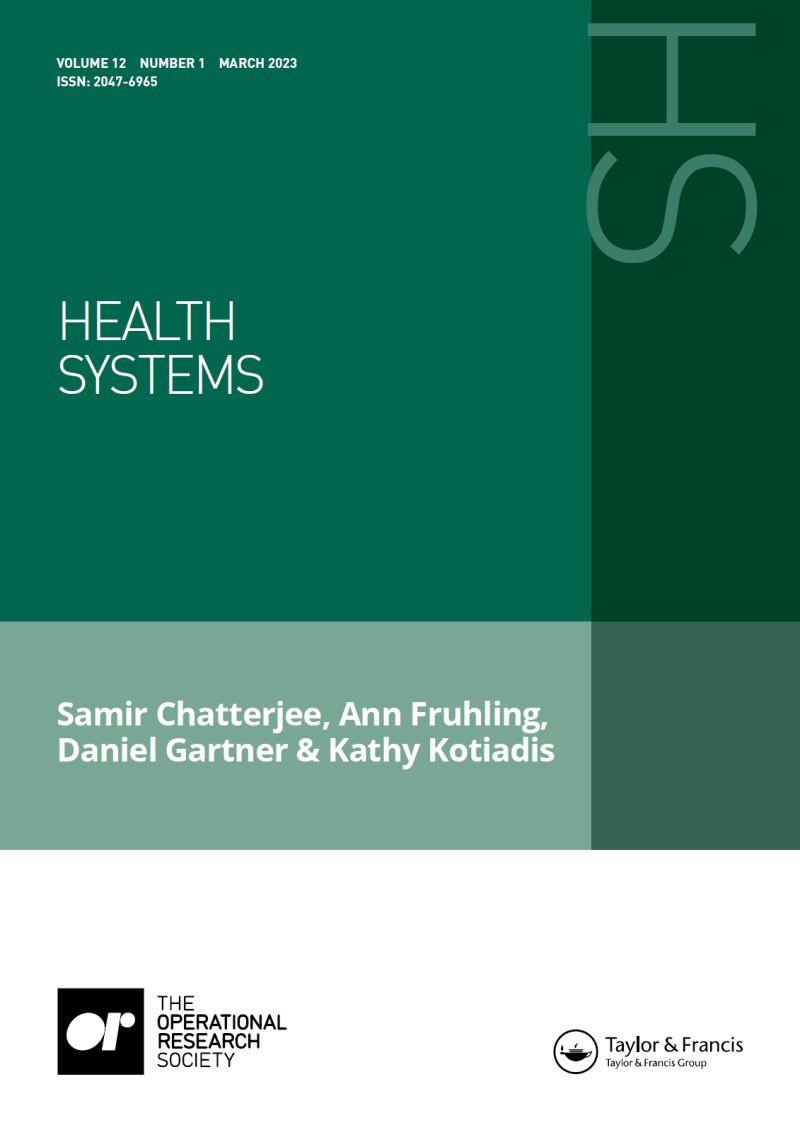Headline
Insights from patient-level encounter histories can support optimizing care coordination team staffing for high-need patients.
Context
Care coordination for people with complex health and social needs typically involves multidisciplinary care teams, including nurses, community health workers, and social workers. These teams work to build strong relationships with patients through regular visits, medication management, primary and specialty care appointment coordination, and health-related social needs assessment and service referral. This article explores staffing requirements for multidisciplinary care teams, specifically how many hours are needed for each care team member role, as well as how this may vary based on the number of patients served by the team weekly.
Findings
The authors used data from the Camden Coalition to propose a simulation methodology in which they used longitudinal patient records — including encounters, encounter duration, and staff involvement — to estimate the demand for each staff role or type in any given week. Study findings demonstrate that workload distribution varies between different staff types, with community health workers carrying the highest workload and registered nurses having the smallest. The authors underscore the importance of considering workload correlations between staff types when making staffing decisions, particularly for coordinating medical and social needs.
Takeaways
The simulation algorithm in this study offers a valuable tool for estimating the staffing requirements of care coordination teams, which can support health care organizations in more effectively allocating resources in response to changing patient enrollment, and ultimately improve care coordination for high-need patients.


